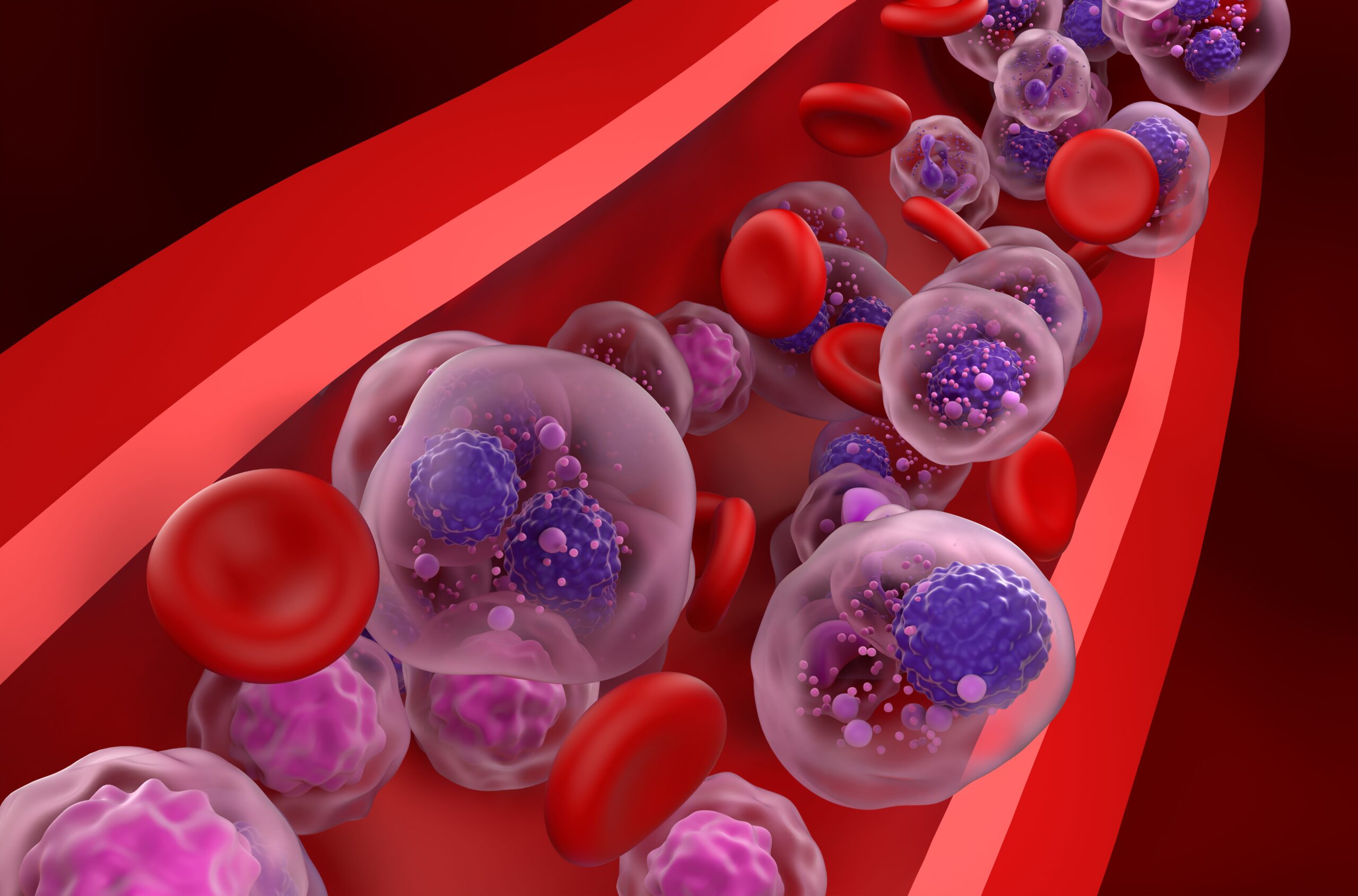Josh Luckenbaugh of National Defense Magazine profiled GRIMM® technology, HII’s next-generation high-performance spectrum dominance solution, now available for rapid detection and location of hostile communications, radar and other…
Blog
-

Your PTO is going places with Delta in 2026
To help kick off travel planning for 2026, Delta has mapped out popular PTO windows and paired them with destinations that shine during those exact moments.
…
Continue Reading
-
Pakistan, Bahrain vow to enhance defence collaboration – RADIO PAKISTAN
- Pakistan, Bahrain vow to enhance defence collaboration RADIO PAKISTAN
- Pakistan Club sends best wishes, greetings to royal leadership News of Bahrain
- Royal Bahrain naval chief meets Pakistani counterpart Islamabad Post
- President Asif Ali Zardari…
Continue Reading
-
Octagon Theatre revamp plans submitted
Plans which will see Yeovil’s Octagon Theatre become a premier cultural and entertainment venue in the South West have been submitted.
The partnership between Yeovil Town Council and Somerset Council will see the…
Continue Reading
-

Section 16(a) Insider Reporting Extended to Foreign Private Issuer Officers and Directors – Publications
LawFlash
December 23, 2025
The National Defense Authorization Act for the US federal government’s 2026 fiscal year was signed into law on December 18, 2025. While primarily an annual defense bill establishing the budget and expenditures of the US Department of Defense, this year’s bill also included the Holding Foreign Insiders Accountable Act, which expands the scope of Section 16(a) of the Securities Exchange Act of 1934, as amended, to officers and directors of foreign private issuers.
Foreign private issuers (FPIs) are foreign companies that are publicly traded in the United States but have limited US ownership and business contacts in the country [1] and enjoy certain accommodations not applicable to publicly traded domestic companies. For example, FPIs have reduced US Securities and Exchange Commission reporting and disclosure obligations, may prepare their financial statements under internationally recognized or domestic accounting standards (as opposed to US generally accepted accounting principles), and are exempt from the US proxy rules, among other accommodations.
These privileges reflect the SEC’s longstanding approach of deferring to home country disclosure regimes, providing regulatory accommodations to non-US issuers, and maintaining the attractiveness of the US capital markets to non-US issuers.
Further, insiders of FPIs have historically been exempt from Section 16 of the Securities Exchange Act of 1934, as amended (the Exchange Act), which requires certain insiders of publicly traded companies to promptly disclose transactions and holdings involving such equity securities and derivatives thereof, disgorge to the company any profits realized on short-swing transactions, and refrain from engaging in short sales, pursuant to an explicit exemption provided to them in Rule 3a12-3(b) under the Exchange Act.
However, as discussed in a prior LawFlash, the SEC recently indicated a willingness to revisit its accommodating stance on FPIs, particularly in light of concerns regarding the increase of China-based issuers in the FPI population and whether there are unique investor protection concerns related to such issuers, and issued a concept release earlier this year requesting public comment on whether and how the definition of “foreign private issuer,” and thus the body of issuers able to rely on the exemptions available to FPIs, should be changed.
EXTENSION OF SECTION 16(A) TO FOREIGN PRIVATE ISSUERS
The adoption of the Holding Foreign Insiders Accountable Act (HFIAA) subjects FPI officers and directors to Section 16(a)’s requirements for prompt reporting of those persons’ holdings, including certain indirect holdings, and transactions in the company’s equity securities and derivatives thereof. Specifically, FPI officers and directors generally will be required to publicly file with the SEC by 10:00 pm ET on the applicable due date:
- initial ownership reports of all covered securities on Form 3:
- within 10 calendar days of becoming an insider under Section 16;
- in the case of an insider in a company that registers a class of equity securities with the SEC, on the date that such registration becomes effective;
- for officers and directors of FPIs with equity securities registered under Section 12 of the Exchange Act on March 18, 2026, on that date;
- insider transaction reports on Form 4 to disclose transactions in the company’s equity securities registered with the SEC under Section 12 of the Exchange Act and derivatives thereof on Form 4 within two business days; and
- annual reports on Form 5 to disclose any transactions that were not otherwise reported on Forms 3 or 4 during the prior year within 45 days of the FPI’s fiscal year-end.
Section 16 extends to American depositary receipts (ADRs) representing the FPI’s equity securities as they are derivatives of those securities. Therefore, officers and directors of FPIs that list their ADRs, but not the underlying equity securities, in the United States on the NYSE or Nasdaq will be required to disclose their transactions and holdings in both the ADRs and the underlying equity securities.
Critically, the HFIAA does not extend to FPI insiders either Section 16(b), which is a strict liability provision that is actively policed by the plaintiff bar and requires insiders to disgorge all profits derived from short-swing transactions (i.e., nonexempt, opposite-way transactions that occur within six months), or the prohibition of short sales under Section 16(c). Further, unlike for domestic publicly traded companies, beneficial owners of greater than 10% of an FPI’s equity securities will not be required to comply with Section 16.
SCOPE AND PRACTICAL IMPLICATIONS FOR FOREIGN PRIVATE ISSUERS
Due to the self-executing nature of the HFIAA, officers and directors of FPIs may expect to be subject to Section 16(a) beginning on March 18, 2026, which is 90 days following the December 18 signing of the defense bill into law. The HFIAA provides that the SEC may grant exemptive relief to the extent the laws of a foreign jurisdiction apply “substantially similar requirements” to insiders.
However, the interaction between Section 16’s requirements and those of foreign disclosure regimes is a complex analysis as the applicable insider reporting thresholds, timing requirements, and permitted trading windows may differ materially from the US federal securities laws, and it remains to be seen whether or how the SEC will pursue this authorization.
While the responsibility to comply with Section 16 is primarily that of the insider and not the company, the majority of publicly traded companies assist their officers and directors by preparing and filing Section 16 reports on their behalf. Although additional interpretive issues may arise as the compliance date nears, FPIs will need to assess which members of management will be deemed “officers” under Rule 16a-1(f), which is focused on the function and duties of such persons and not merely on titles.
For Nasdaq- and NYSE-listed FPIs, this analysis was likely already completed as part of their adoption of compensation clawback policies as recently mandated by the exchanges, but revisiting and refreshing such analysis in light of the new requirements would be prudent. All board members are deemed Section 16 insiders as directors, but a “director” can also include a person or entity that is deemed a “director by deputization” because one or more directors represents that person’s or entity’s interests on the board.
Further, public disclosure of individual equity compensation-related awards and transactions, such as equity grants, vesting and settlement of awards, the exercise of stock options or other awards, and the withholding of shares to pay taxes or the exercise price, will now be required because officers and directors will need to report individual grants and aggregate holdings on Forms 3 and 4.
This represents a significant departure from the current requirement that FPIs need only provide compensation information on an aggregate basis in annual reports on Form 20-F. Furthermore, officers and directors with trading arrangements that are intended to satisfy the affirmative defense against insider trading liability provided by Rule 10b5-1 of the Exchange Act will be required to indicate transactions that are made pursuant to such plans by checking the applicable box on Form 4.
As noted above, the disgorgement of short-swing profits under Section 16(b) was not extended to officers and directors of FPIs at this time, which reduces the current risk of private litigation related to Section 16 filings; however, the failure to comply with Section 16(a) does invite SEC enforcement risk as well as public scrutiny. It is also likely that at some point the SEC will focus on FPI compliance with Section 16(a), however, there may be a grace period before such an enforcement “sweep” is performed.
Regardless, inadvertent reporting failures invite personal risk for such insiders and attendant reputational harm, and it is possible that the SEC may implement rulemaking to require FPIs to publicly disclose delinquent Section 16 filings by their insiders as domestic companies are currently required to do, underscoring the importance of early education and establishment of compliance infrastructure.
NEXT STEPS
Given the short runway, FPIs that are publicly traded in the United States should begin preparing for Section 16(a) compliance now. In addition to the substantive analysis and identification of the specific insiders subject to the reporting requirement noted above, these preparations include administrative tasks such as obtaining EDGAR Next filing codes from the SEC for officers and directors and necessary powers of attorney to allow the company to make the required filings on their behalf, as well as ensuring that filing agents have been delegated authority to make the requisite filings.
FPIs should also analyze the securities held by their insiders and the appropriate Section 16 reporting of those holdings, which can be complex, including as a result of idiosyncratic equity compensation arrangements, or other holdings of company securities by family members or through trusts, partnerships, or other entities and investment vehicles, or receivable as performance fees.
Further, FPIs should conduct an assessment of their controls and procedures as they relate to equity compensation grants, insider trading policies, and preclearance requests for transactions in securities and provide training on Section 16(a) to covered insiders and those tasked with compliance at the company. Given the complexity and short fuse for filing deadlines, proactive engagement with US legal counsel on Section 16(a) issues is particularly prudent for FPIs that are not familiar with the Section 16 reporting regime.
Continue Reading
- initial ownership reports of all covered securities on Form 3:
-

High-Fiber Diet May Delay Progression of Multiple Myeloma in Patients With MGUS, SMM
Research published in Cancer Discovery suggests that a high-fiber, plant-based diet delayed progression of multiple myeloma (MM) in patients with monoclonal gammopathy of undetermined significance (MGUS) and smoldering multiple myeloma (SMM)….
Continue Reading
-

Development of a Nomogram for Predicting Multiple Organ Dysfunction in
Introduction
Acute pancreatitis (AP) is a common digestive emergency in which aberrant activation of pancreatic enzymes leads to autodigestion and inflammation.1 In 20–30% of patients with severe acute pancreatitis (SAP), the disease…
Continue Reading
-

Gerry Rojas and Natalie Azcona
Experiential in Color Mentorship: Gerry Rojas and Natalie Azcona
…Continue Reading
-
DPM stresses implementation of policies to maintain GSP Plus status – RADIO PAKISTAN
- DPM stresses implementation of policies to maintain GSP Plus status RADIO PAKISTAN
- EU welcomes Pakistan’s progress on implementing 27 conventions under GSP+ programme Dawn
- EU-Pak Commission discusses trade The Express Tribune
- DPM Dar directs…
Continue Reading
-

Political turbulence continues in KP as cabinet reshuffles and CM change mark 2025
The year 2025 once again highlighted political uncertainty in Khyber Pakhtunkhwa, as the province witnessed frequent cabinet reshuffles along with a change in leadership at the top.
Ali Amin Gandapur, who assumed office as chief minister on…
Continue Reading
